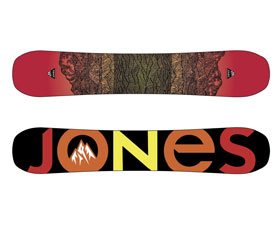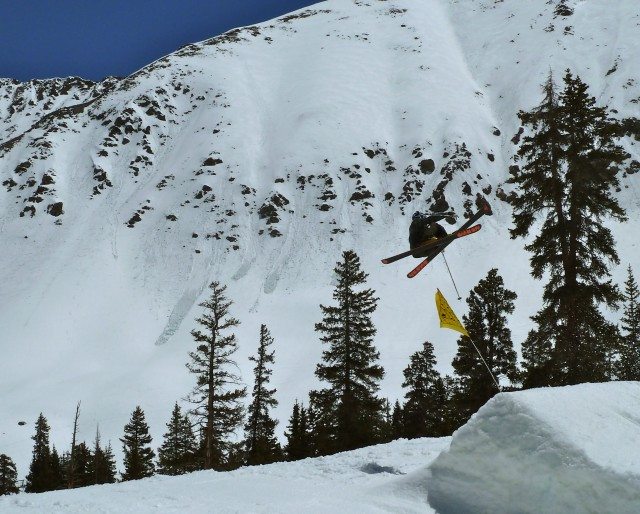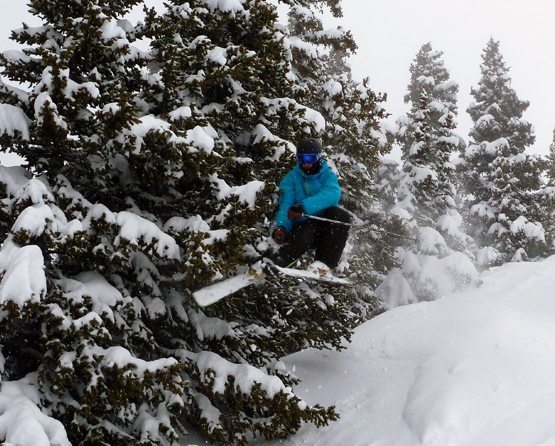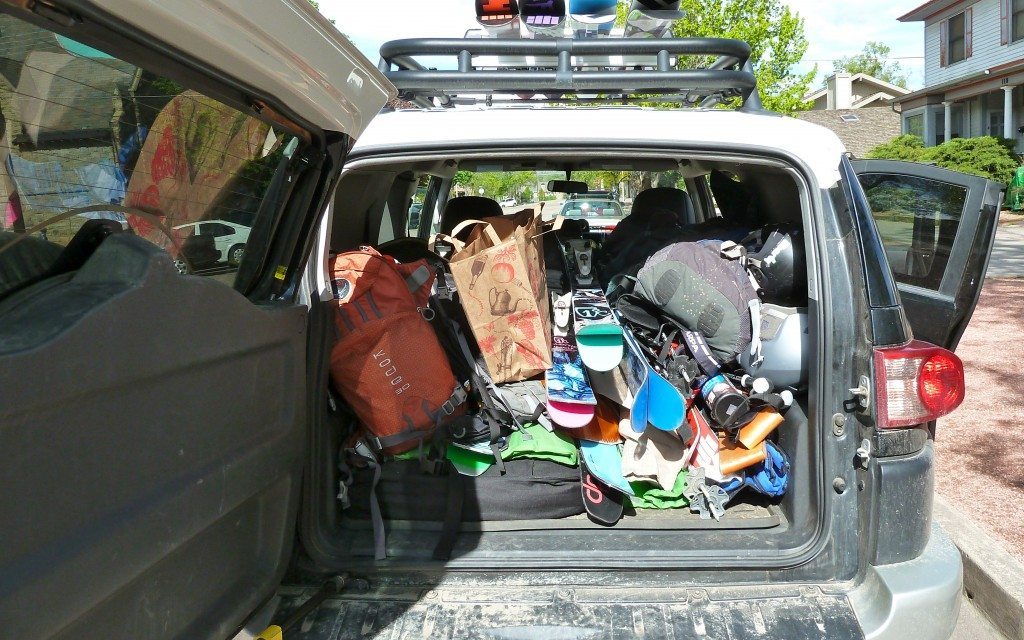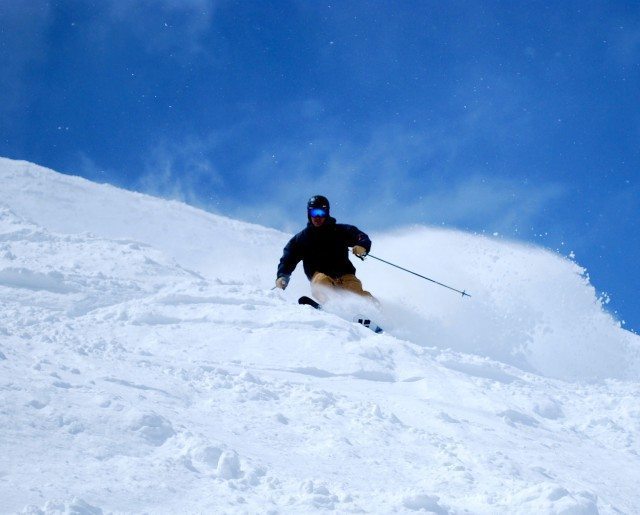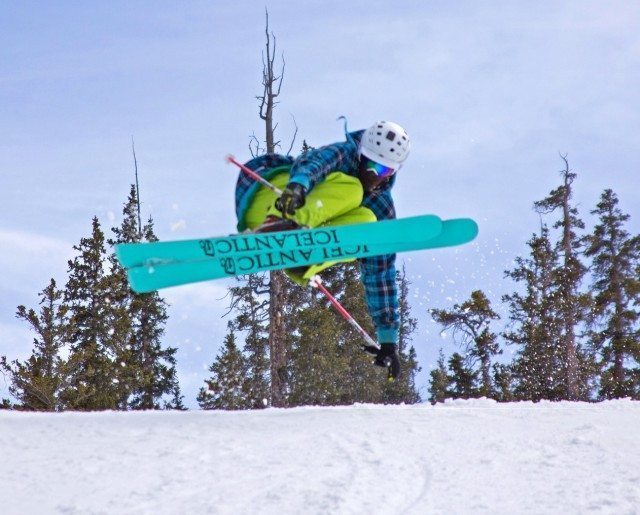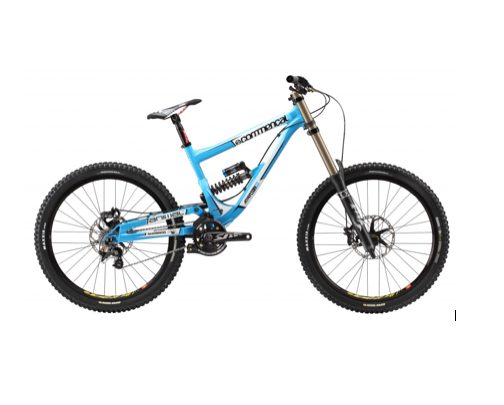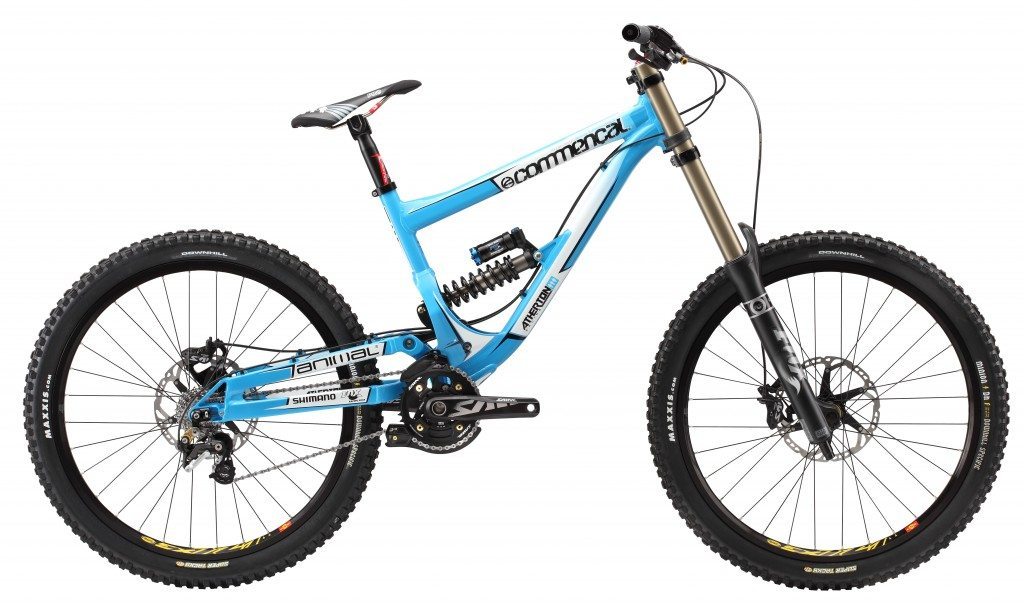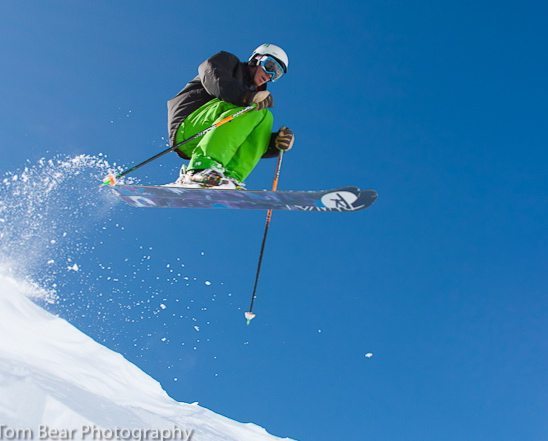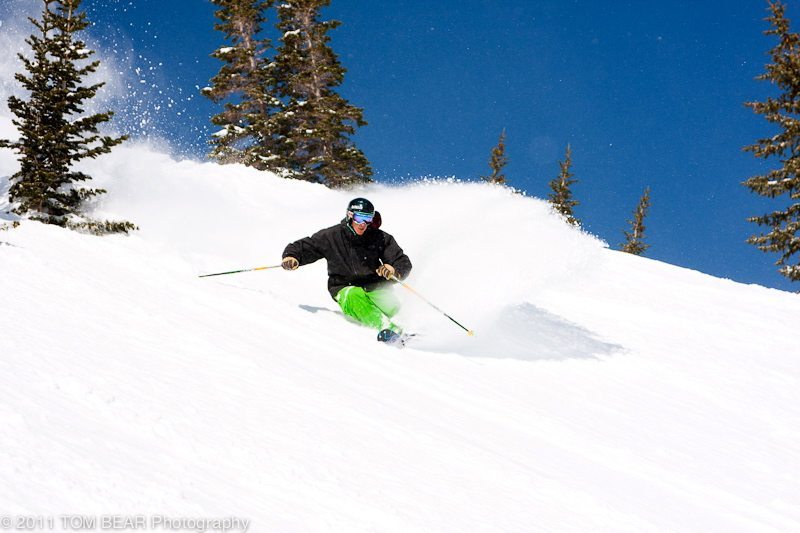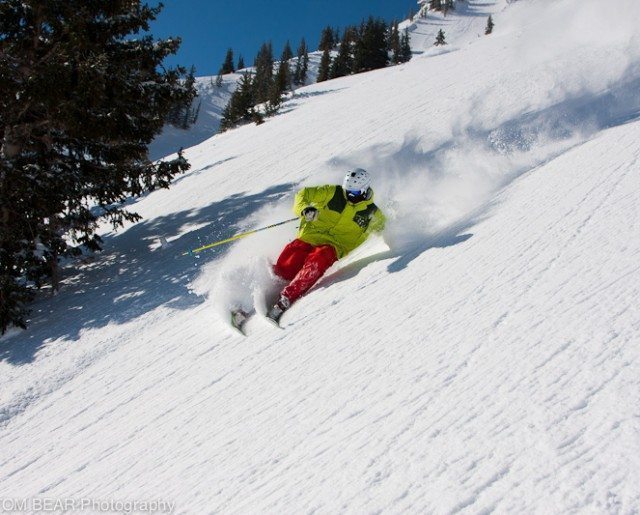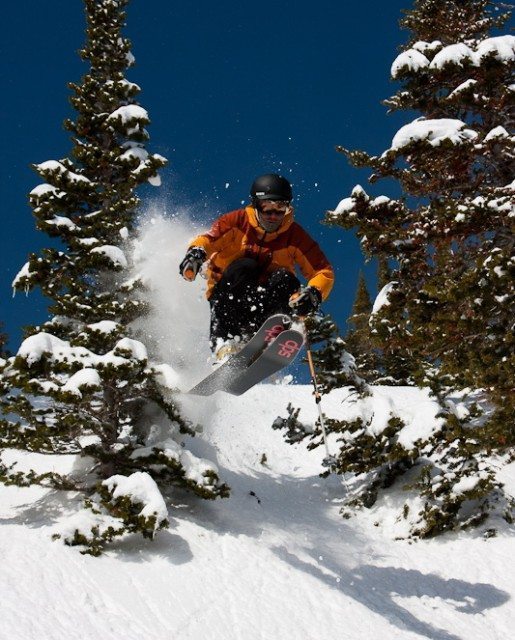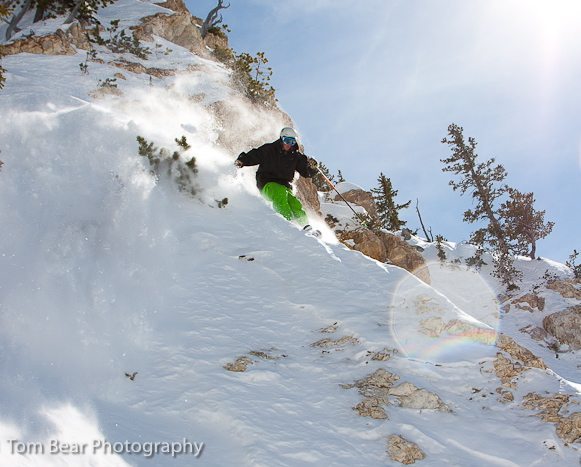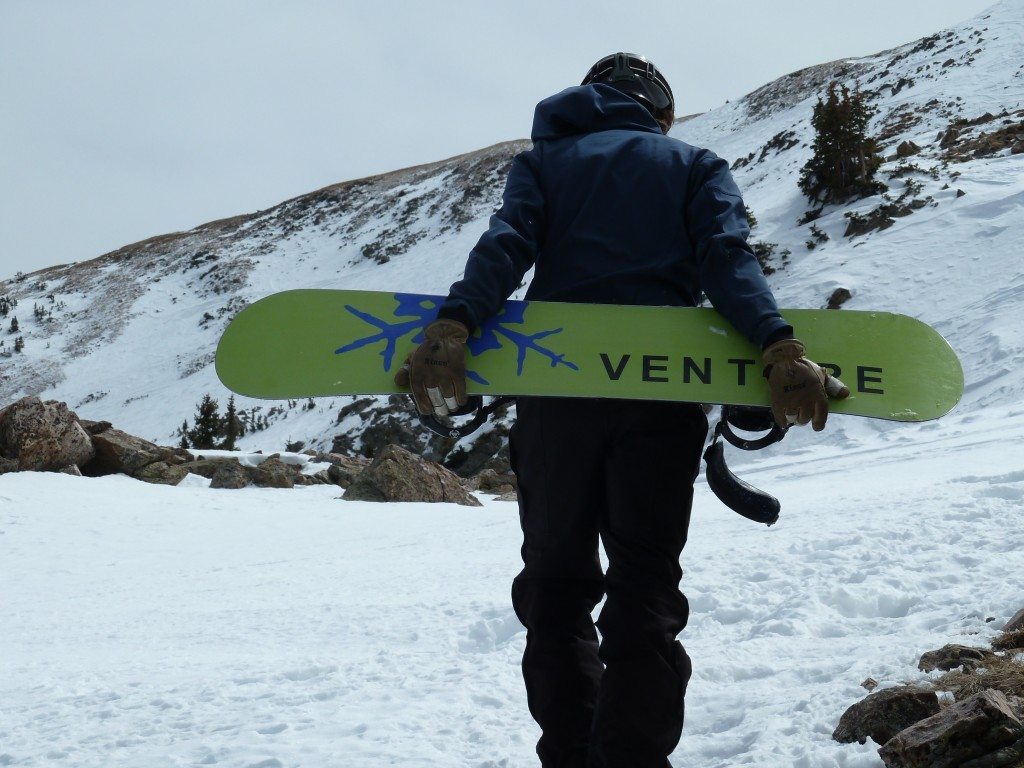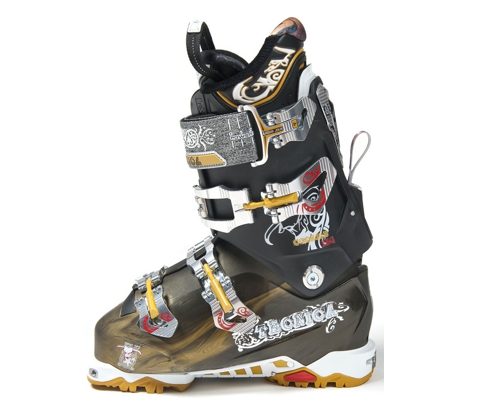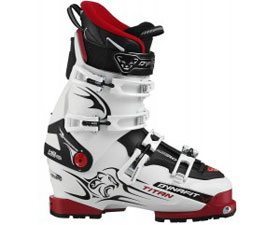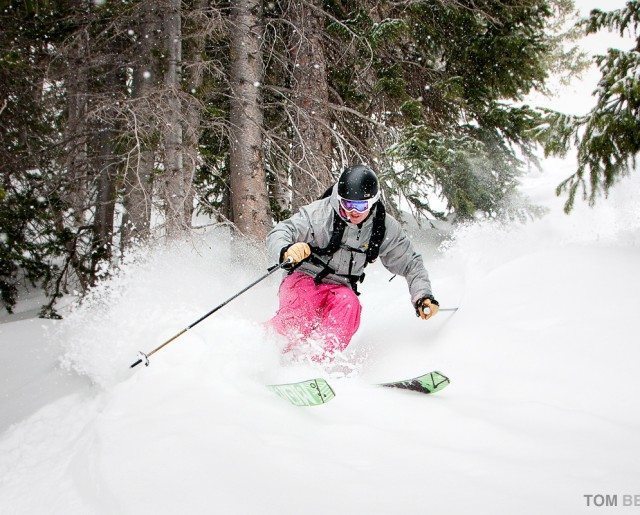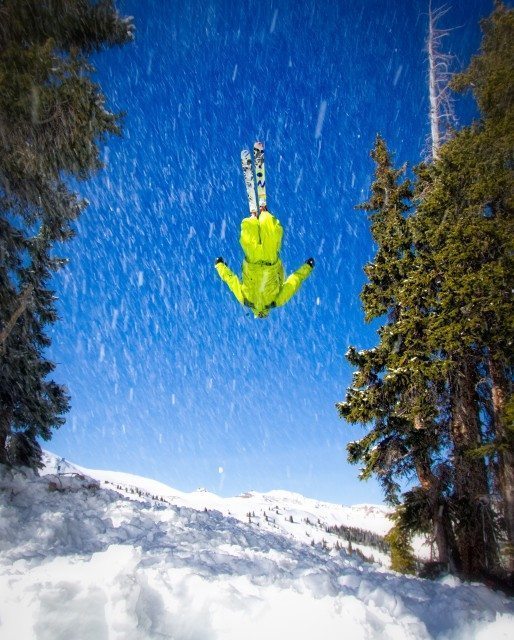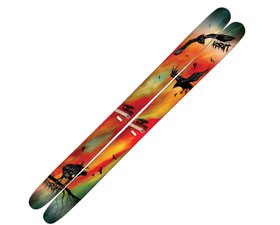
Board: Never Summer Infinity 151cm, Regular
Boots: Salomon F20 W boots
Relative to the number of men’s boards that are produced, there aren’t too many women’s specific boards out there. And of the options we do have, most seem to be oriented toward entry level or park riders. So what’s a girl supposed to do when she’s more interested in slashing powder and riding steeps than cruising groomers? Enter the Never Summer Infinity, friend of the female, all-mountain rider.
Before I talk more about the Infinity, let’s briefly discuss the whole issue of “women’s specific” gear. What does that really mean? Is it mostly a marketing gimmick, or does it signify the implementation of important design characteristics? While I don’t claim to be an expert on board construction and design, I have formulated some thoughts through years of riding, selling, and testing out gear.
Women’s boards are generally marketed as lighter, softer, and narrower. Personally, I like all of these things, and yes, I still like to charge hard. Having a lighter women’s board relative to a men’s board works because women are generally lighter than men. I like to look at it as a ratio, and lightening up a board just keeps things even. As far as flex, I like my board to be a bit softer because it helps me feel what’s going on under my feet. Instead of being tossed all over the place, I can bend my knees and absorb the board’s movement. I started out on a men’s park board because I thought it was soft enough for me to flex, and frankly, at the time, I thought women’s boards were lame. I was wrong. I couldn’t flex the board with nearly as much ease as I thought, and it took much more effort to turn the board from edge to edge. This leads me to my next point: women’s boards tend to be narrower because women’s feet are generally smaller. This translates into faster edge turnover and quicker turns.
All this being said, if you have a larger boot size (generally 9 or above) or a bigger build, you may not want to go the women’s specific route. One of the worst things you could do to your riding is to get onto a board that’s too narrow and have boot drag. Before you buy, evaluate your weight, height, and boot size and figure out what is going to work best for you. I know plenty of good female riders who still rock on men’s boards.
Ok, on that note, let’s get on to this review.
The Never Summer Infinity is a directional, all-mountain freestyle board with both rocker and camber (which NS calls R.C. Technology). The rocker between your feet gives the board some play and forgiveness, while the camber under your feet provides stability and better edge control.
One of the first things I noticed about this board is its skating ability. Even though the camber is supposed to help the board track, it didn’t feel that way and I found that the board had quite a bit of play in it. If you are accustomed to a traditional camber board, it is going to feel out of control until you get used to riding rocker. The Infinity was the first rocker-camber board I had ever ridden and for the first week or so, I hated it. I had no control over the board and felt powerless. After adjusting my riding style a bit and putting more focus in centering my weight, things came together.
I have been on this board for the last two years and have ridden it at Taos, Silverton, Telluride, Crested Butte, and Snowbird, and in all sorts of conditions and terrain.
Read more


